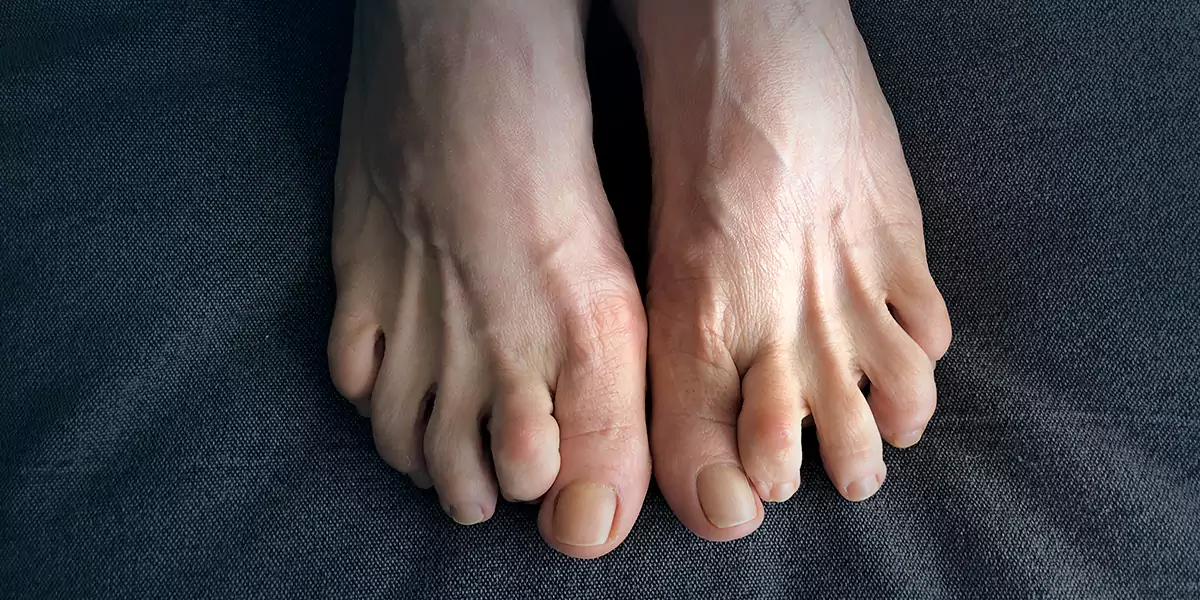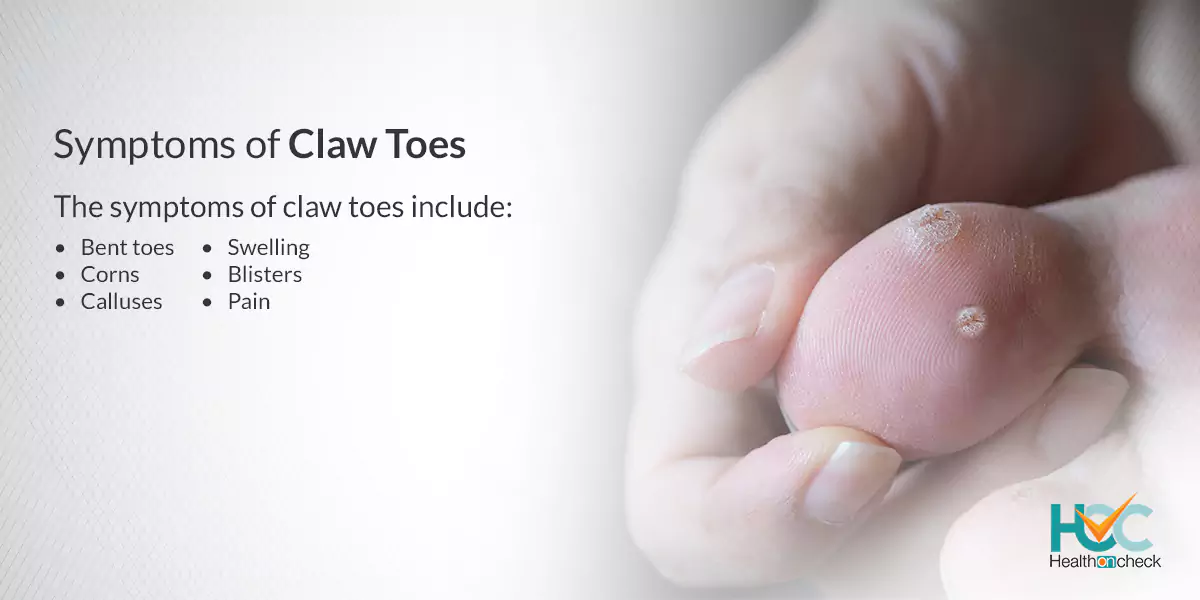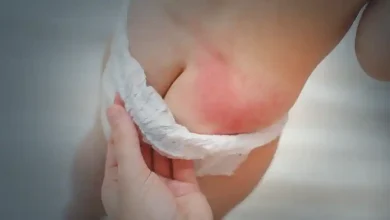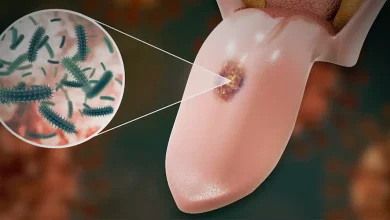What are Claw Toes?

Claw toes, also known as claw feet, occur when there is a deformity in the projections of the feet defined by any of the four smaller toes twisted into an irregular structure that looks like a claw, as the name of this condition indicates. When it happens as an isolated condition, it does prompt a good amount of pain but is normally a minor case that can be easily treated. But, in some cases, claw toes may indicate some other underlying health concerns including osteoarthritis, diabetes or cerebral palsy.
What are the Types of Claw Toes?
There are no types but stages of claw toes including:
– Flexible
It is the early stage. of claw toes where your toes are still able to flex at the joints, though they’re stiff.
– Rigid
It is the late stage where your toes become unmoving and stuck which can be effectively treated with surgery.
What are the Symptoms of Claw Toes?
The symptoms of claw toes include:
– Bent toes
– Corns
– Calluses
– Pain
– Blisters
– Swelling
-Ulcers, although they are rare
What are the Causes of Claw Toes?
An imbalance of foot muscles typically mostly results in claw toes where your toe muscles contract too far, which tightens the tendons along with bending the joints. Foot muscles can become unbalanced because of the following causes:
– Genes
– Ill-fitted shoes
– Nerve damage because of diabetes
– Other conditions such as osteoarthritis or rheumatoid arthritis
– Alcoholism which may cause nerve damage
– Charcot-Marie-Tooth Disease
– Spinal cord tumours
– Polio and cerebral palsy.
– Stroke
– Trauma
What are the Risk Factors of Claw Toes?
People having very prominently arched feet have more risk of developing claw toes. Also, people who walk in an unusual manner where their feet turn inward have an increased risk of developing a claw toe because of persistently applying pressure on the joints and bowed toe muscles. People with diabetes are also prone to developing this condition.
What are the Complications of Claw Toes?
People who have claw toes might suffer from corns and calluses because of rubbing and pressure. A bent joint may rub against the inside of a shoe, and also the bottom part of your foot. Corns are relatively small and round and calluses are larger and have a more disfigured shape. They might or might not be painful. Most instances of claw foot are not serious but it can be painful or uncomfortable to walk because the toes are curled into a claw shape. You might find it difficult to find fitting shoes.
It’s quite vital to treat claw toes as soon as possible after you get to know about it. Claw toes can be prevented from getting worse while your toes are still flexible. They might stiffen and become “stuck” in a permanent claw shape if left untreated.
You might face some complications after surgery to treat claw toes. The complications of claw toes surgery include:
– Injuries to nerves
– Stiffness.
– Infection.
– Recurrence where your claw toes might return treatment.
How Claw Toes are Diagnosed?
To diagnose claw toes, your doctor will do a thorough physical examination of all the toes in your feet, to examine their mobility. The doctor will also check the feet for signs of calluses, corns, and blisters to see whether there is any inflammation or infection that develops because of extra friction and pressure in the affected toes.
If some underlying disease is triggering claw toes, then a foot specialist – a podiatrist along with an orthopaedic doctor examines the symptoms to check if diabetes, arthritis, or neurological illnesses are the factors of abnormally bent toes. Your doctor will also ask questions about your family history of claw toes to determine if an inherited gene defect is the cause of the claw toes.
What are the Treatment Options Available for Claw Toes?
Your doctor might prescribe one of the various treatments if you notice that you’re developing claw toes. These treatments aim to keep your foot flexible which will assist you in moving and walking comfortably.
The common treatments for claw toes include:
– Taping your toes
It is a simple process for your toes to be straight if they’re just starting to curl. Here you have to tap your toes to keep them in the right position helping you to reverse mild curling.
– Wearing a splint
Your doctor might make you wear a splint that can help keep your toes straight if they are curled but are still flexible. They are firmer than tape making them more effective at reversing the development of claw toes.
– Treating underlying conditions.
Your claw toes might develop because of conditions such as diabetes or rheumatoid arthritis. Your doctor will diagnose if any underlying condition is causing your claw toes and treat that factor to stop claw toes from getting worse.
– Surgery
If your claw foot is severe then you may require surgery to lengthen your toe tendons or shorten toe bones. It will allow your toes to become straight again.
Living with Claw Toes
You should always take proper care of your feet by wearing well-fitted and good-quality shoes, which fill down corns and calluses along with exercising your toes. If you don’t get proper treatment early after being diagnosed with claw toes then your claw toes might become permanent. It will affect your daily activities as you will find it difficult to walk and run because of pain. You shall consult your doctor as soon as you notice symptoms to stop your toe joints from becoming hard.
Whom to Consult?
You shall know that it’s vital to get treatment immediately after you notice symptoms of claw toes. If your claw toes are not treated early, they might become inflexible, and you might require surgery to treat them. You should also consult a doctor if you have had pain for a long time that is affecting your ability to walk.





